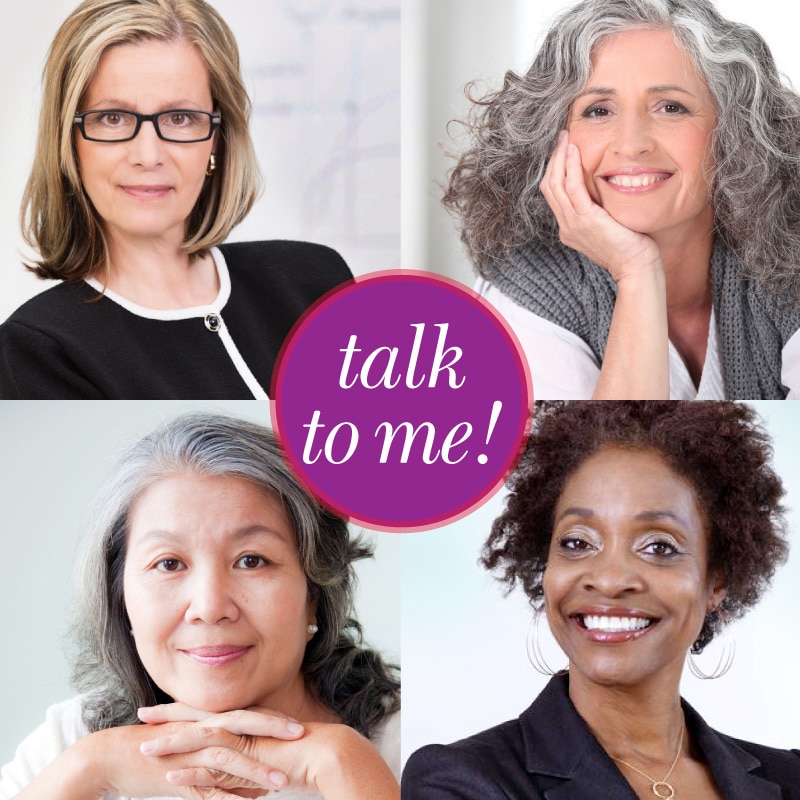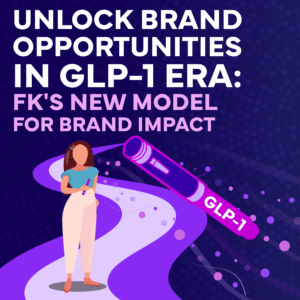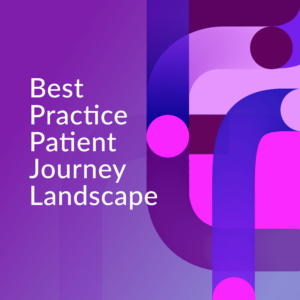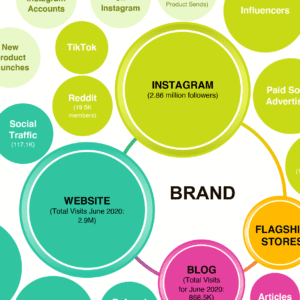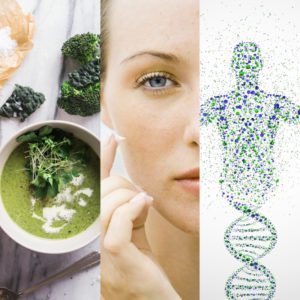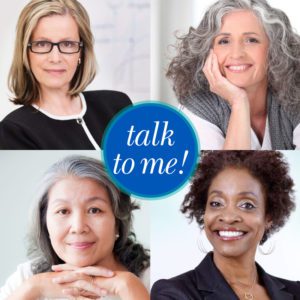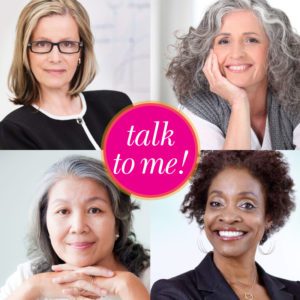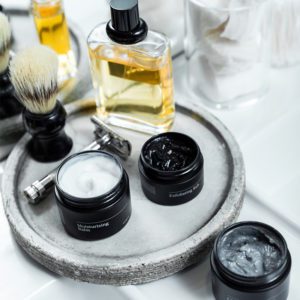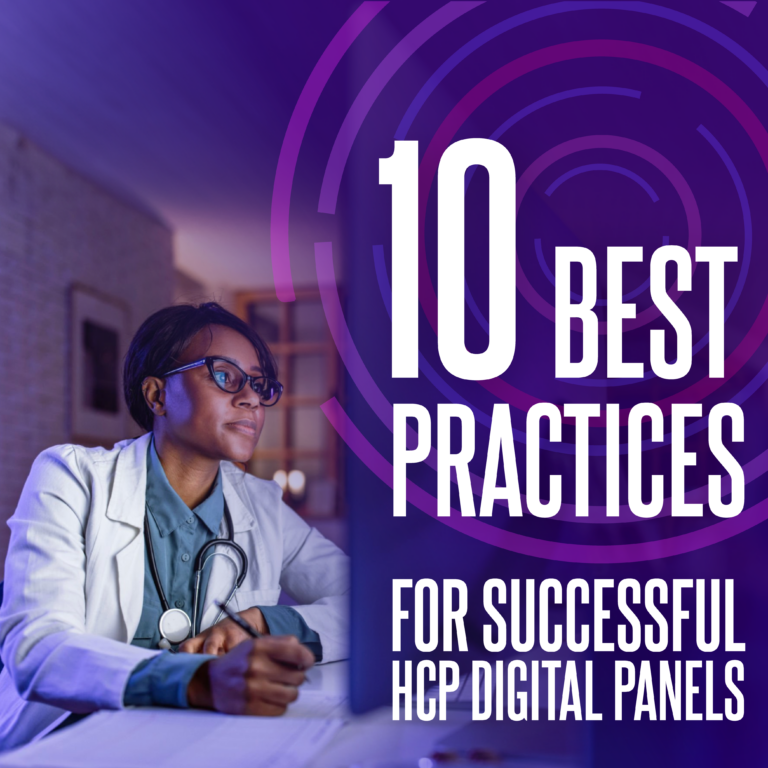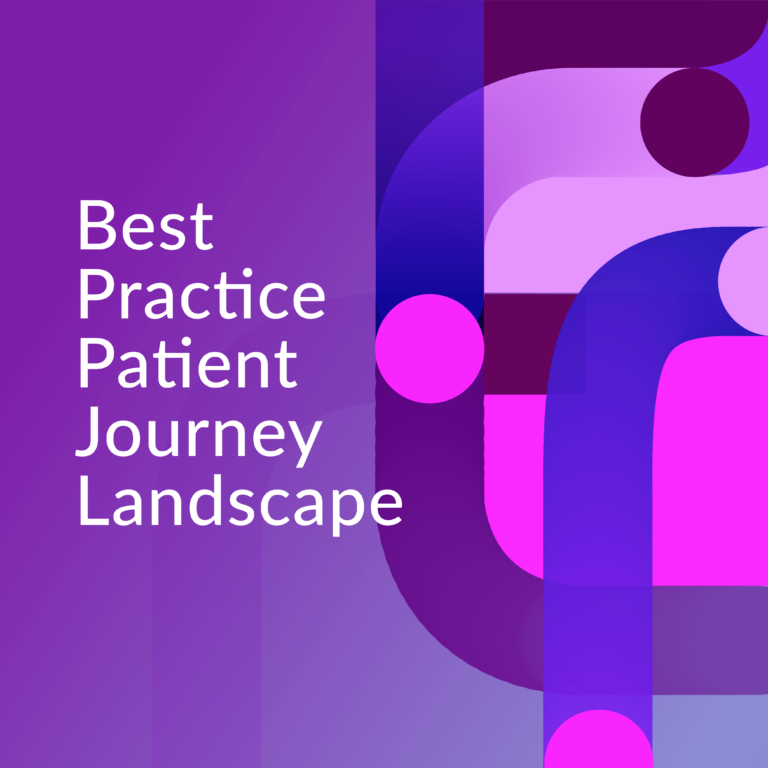Women over 50 are part of the largest and most influential demographic in economic history – and promise to have more impact over time.
The 50+ woman is connected, and she’s in control. She’s loud and she’s loyal to the brands she loves, yet she’s also willing to experiment. She is redefining what it will mean to live long and prosper in America. Especially since, according to the National Institute on Aging, 50 is the portal to 30 or 40 more productive years.
Today’s woman over 50 still has transitions to make, new directions to take, and opportunities ahead to reinvent herself. So it’s no surprise that she approaches the empty nest, aging, menopause, and retirement with more hope and optimism than any other generation in history.
It certainly helps that she has money. Baby Boomer households are in charge of 70 to 75 percent of all the financial assets in the US, and women 50+ live in households that own 60 percent of the wealth. Plus, the number of those aged 65+ in the US workforce will increase by 20 percent, which means she will keep on working–and earning.
But in spite of all that power, the 50+ women we talked to told us they are feeling ignored. The marketplace is not addressing their needs.
To explore this disconnect, we present the first in a three-part series about the new realities marketers need to face in order to seize the opportunity to provide Ms. 50+ with what she needs for those many vibrant years ahead of her.
In our quest for consumer insights, we’ve met with women over 50 around the globe — in cafes, in Pilates studios, in their kitchens. We’ve peeked inside their makeup bags and medicine cabinets. What we’re hearing time and again is that The 50+ Woman is changing the face of aging forever. She feels younger and looks better than 50+ ever has before. And she has no intention of slowing down. “I’m in the middle lane right now,” one 53-year old explained. “I could be heading for the off ramp, but I’m not slowing down. I might even decide to jump into the left lane!”
Baby Boomers have always been trailblazers and revolutionaries, breaking ground since the ‘60s. Why stop now?
For many of today’s women, turning 50 gives them freedom to be themselves, shed their self-consciousness and come into their own like never before.
“When you know you’re looking great, there’s an energy you give off,” says a 52-year-old woman we interviewed in New York. “I feel like I’m in my 30s or 40s.” “I want to keep working. Working keeps me young,” says a 60-year-old woman in LA.
There is a new openness about aging, even in Hollywood, which allows actresses and role models like Jennifer Aniston (54), Jennifer Lopez (53) and Diane Keaton (77) to keep on working, too. At 65, the now 77-year-old Helen Mirren beat out Megan Fox for Esquire’s Sexiest Woman Alive award. Just don’t call her old, that is so old-school.
To stay healthy, many 50+ women tell us they work out, take nutritional supplements and strive to eat well. As one 58-year-old told us, “Once the kids got older, I was able to indulge in exercise. I’m better from the neck down now than I was in the 30’s – fitter, stronger, more toned. Exercise makes me better mentally too.”
Ms. 50+ is stepping it up when it comes to beauty, too, looking for “age-defying” (not anti-aging) beauty products. She wears less makeup, but she’ll spend more for better quality. It seems like entirely new categories could have been–and could still be–created and marketed, just to help her keep glowing.
More socially conscious than her predecessors, the 50+ Woman is driven by concerns for her health, and the health of the planet–and she’s choosing “super foods” that target health conditions and beauty needs. She might be buying a pricey juicer for herself, her kids or even a new male companion. Life for women 50+ is not as prescriptive as it once was.
But whether she is a single mom, married with grade-school children, or a young grandmother, she is taking time out for herself. She’s spending her disposable income on adventure travel and voluntourism, the spa, dining out, technology, yoga.
Yet companies are largely ignoring this dynamic, potentially huge consumer base, one that is growing even faster in France, Spain, Italy, Japan and the UK than it is here.
So while women over 50 feel fantastic, they’re also frustrated. Because marketers are failing to connect, to acknowledge, and to give them the recognition–and the products and solutions–they want and deserve.
“What brand is talking to women approaching their 60’s,” asked a 58-year-old we interviewed. “Brands dismiss women once they reach a certain age,” she continued. “I want them to talk to me.”
Ari Seth Cohen is a photographer, author, blogger and creator of the film, Advanced Style, featuring seven stylish New Yorkers, ages 62 to 95, who challenge stereotypes about older women. Advanced Style documents that conventional ideas about older women are, well, old.
“People still don’t understand how to market toward older men and women,” says Cohen. “Brands don’t understand that just because a woman is 80 years old, means she doesn’t think with a youthful approach to fashion and lifestyle.”
Women of this generation are telling us they know who they are, and they won’t be ignored. With their energy and confidence, they don’t want to sacrifice looking good, feeling great or living with style.
As one 52-year-old declared, “The outside world tries to dictate how you’re supposed to look or live, especially as you get older. I don’t think that’s how you should live your life.”
There is an untapped opportunity for more companies to validate–and cash in on–the vibrancy, positivity and beauty of these women. Because let’s face it: their numbers keep growing, and they are here to stay.
Interested in learning more about the Women 50+ market?
Check out Part 2 – “Get Real–The 50’s and 60’s Are Not The Same”. and Part 3– “A Tale of Extremes”.
Sources: US Census, Pew Research Center, AARP, US Bureau of Labor Statistics, US Census/US News & World Report
